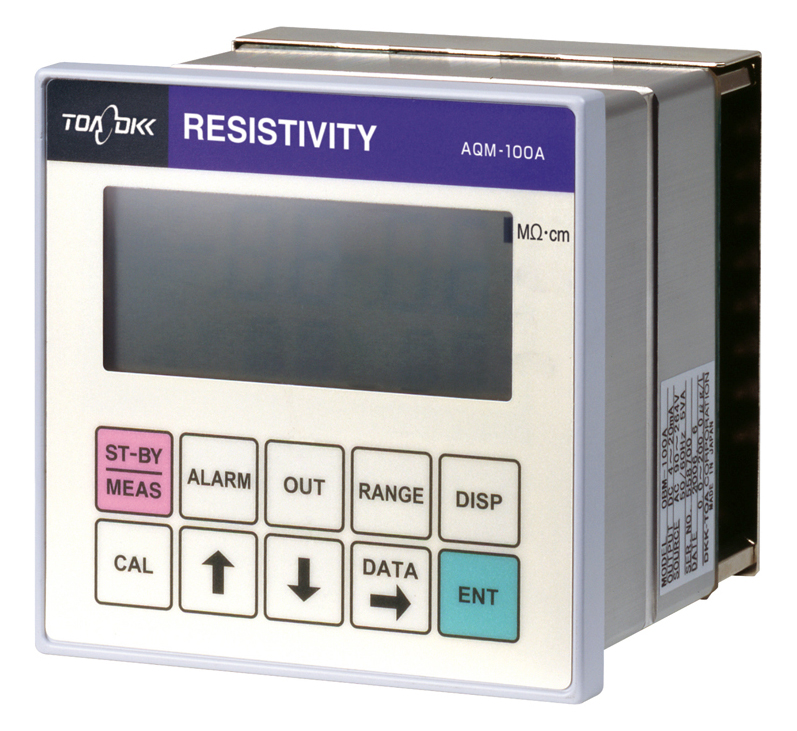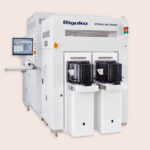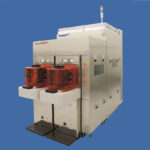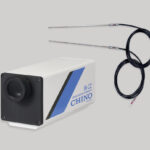ASIA ELECTRONICS INDUSTRYYOUR WINDOW TO SMART MANUFACTURING
IC Manufacturing Supply Chain Eyes Steady Growth
The protracted crunch in semiconductor supply and demand worldwide has heightened the need to intensify production. Because of security issues poised by the trade conflict of the United States and China, there have been efforts to build new factories that aim to secure steady supply chain, such as semiconductor equipment and materials.
Measurement and analysis equipment, for one, supports the semiconductor manufacturing by maintaining chip accuracy.
Complement Facility Expansion
The resistivity meters of DKK-TOA Corporation, which handles everything from environmental measurement to chemical analysis, have been delivered to many factories to ensure water quality are almost free from any impurity. In the semiconductor manufacturing process, a large amount of pure water is used for cleaning.

Special water that contains extremely diminutive foreign matters is called ultrapure water. extremely little foreign matter is called “ultrapure water”. The AQM-100A resistivity analyzer of DKK-TOA evaluates the accuracy of ultrapure water produced at a plant in a factory.
A converter and resistivity meter are connected to a pipe, called a flow cell, branched out from a pure water plant. Pure water passing through the pipe is sampled and measured. When the purity of the pure water is higher, there are fewer impurities that conduct electricity and the electrical resistance becomes higher. The resistivity is measured between two small probes with electrode. A pH (hydrogen ion concentration) meter is also used in the production line of the pure water.
DKK-TOA is bullish on the future, saying, “There are plans to expand factories overseas and more measurement and analysis equipment will be needed. The high demand will continue for a few years from now.”
Use of Combustible Gas
In semiconductor manufacturing, toxic and combustible gases are often used, in addition to various chemicals.
Sales of gas detectors by RIKEN KEIKI Co., Ltd. are increasing for semiconductor factories and semiconductor manufacturing equipment factories in Japan, China, and Taiwan.

The gas detectors are installed in various places of the pre-process where elements and internal wiring are built on a silicon wafer. A cylinder cabinet, which is placed outside the clean room and stores gas cylinders, does not cause the problem of gas leaks if the piping is appropriate. However, a detector is usually placed just in case.
It is necessary to prepare a sensor for each gas to be detected. The new GD-84D gas detector of RIKEN KEIKI has the feature that it is equipped with four smaller sensors and can measure four components at the same time.
Very toxic gas such as hydrogen fluoride must be detected even when the concentration is low. Silane is used in the CVD method in which raw material gas is flowed in a gaseous state and a thin film is formed by a chemical catalytic reaction. The silane is a dangerous substance that spontaneously ignites. For its detection, therefore, a highly sensitive constant-potential electrolytic sensor is used.
The company says, “There is demand for the latest equipment in new factories and sales of gas detectors for semiconductor manufacturing are growing. It seems that this is not just the movement related to the recent shortage of semiconductors.”




